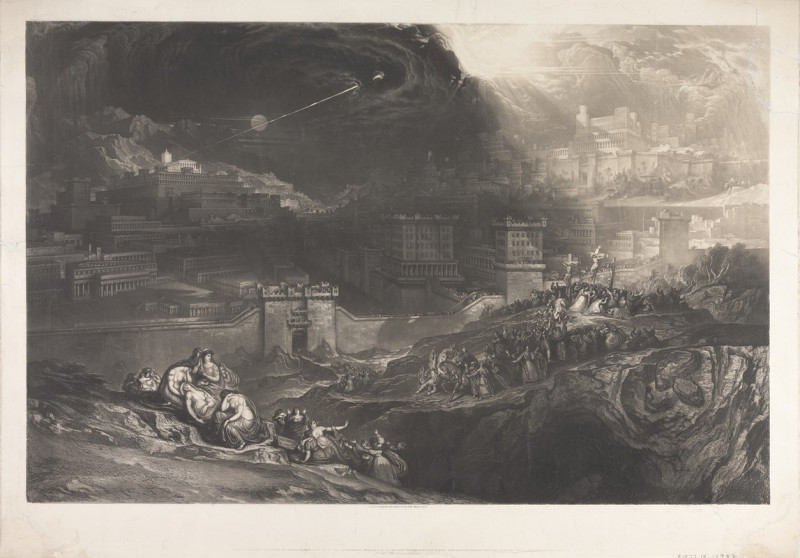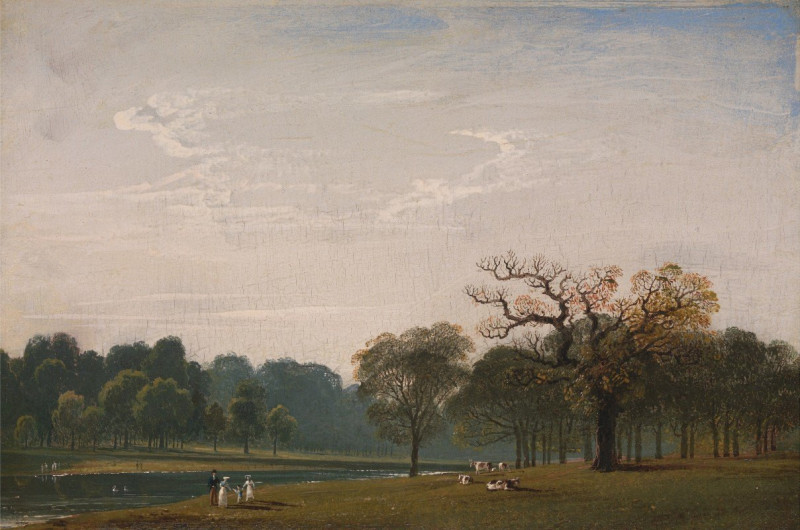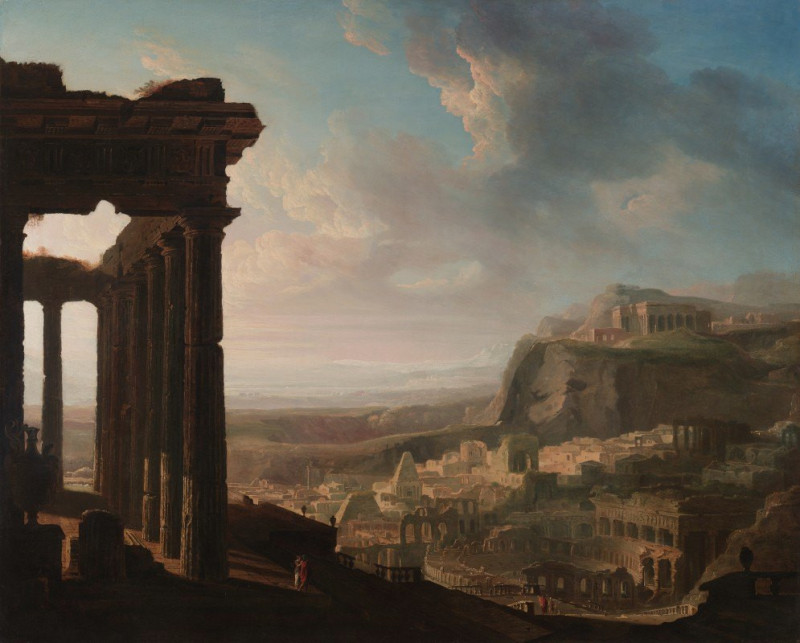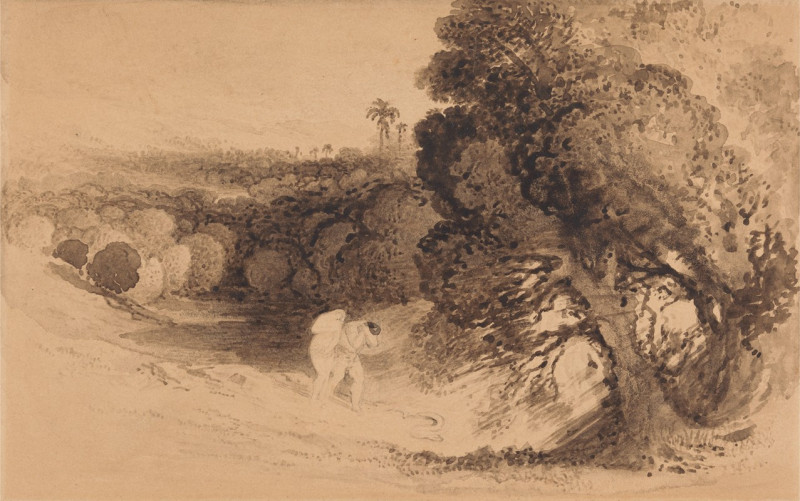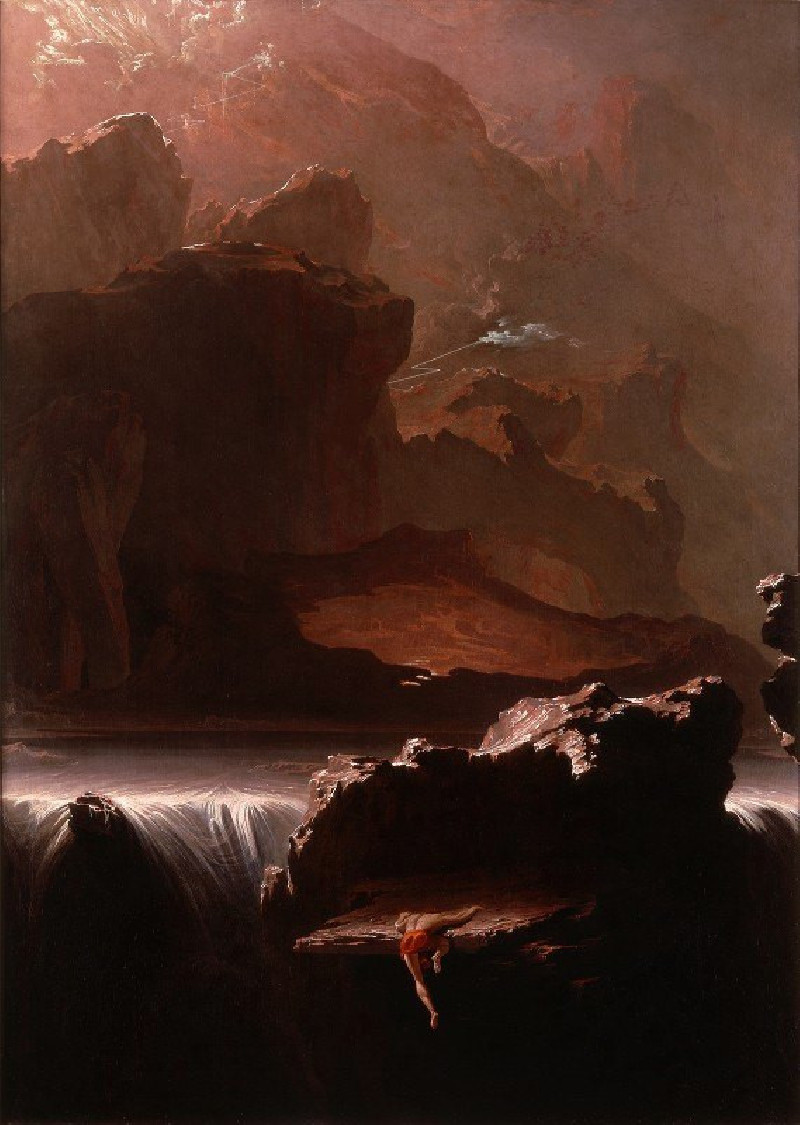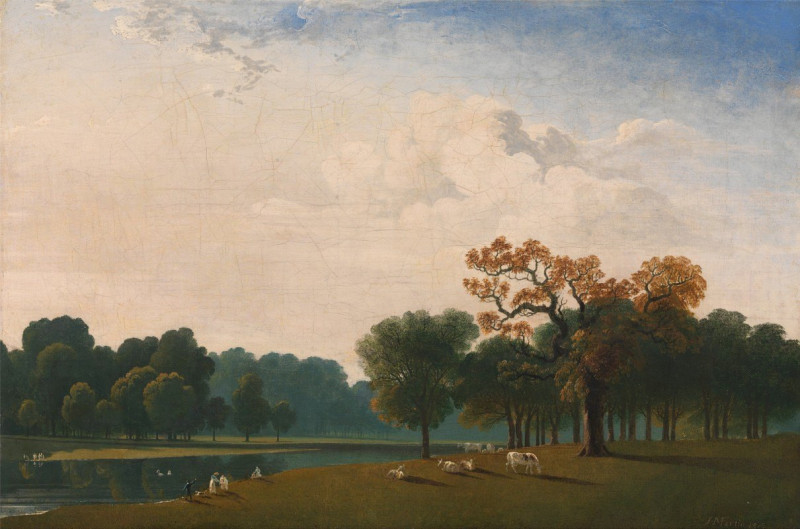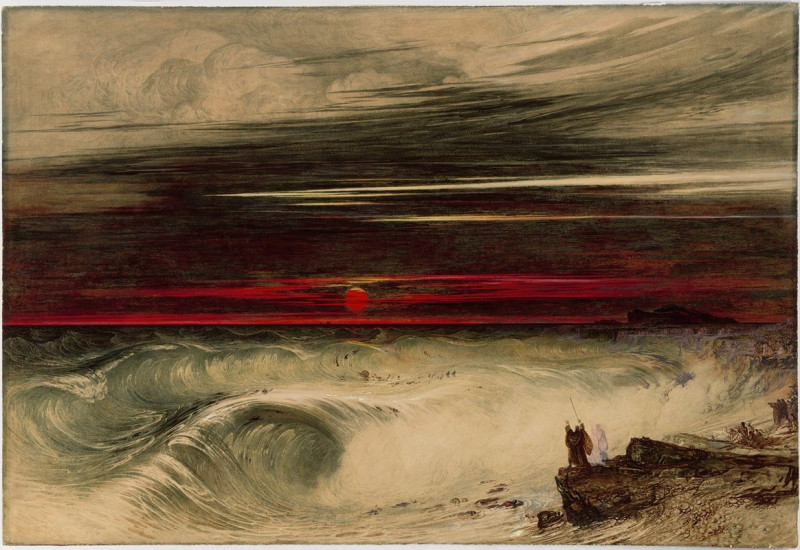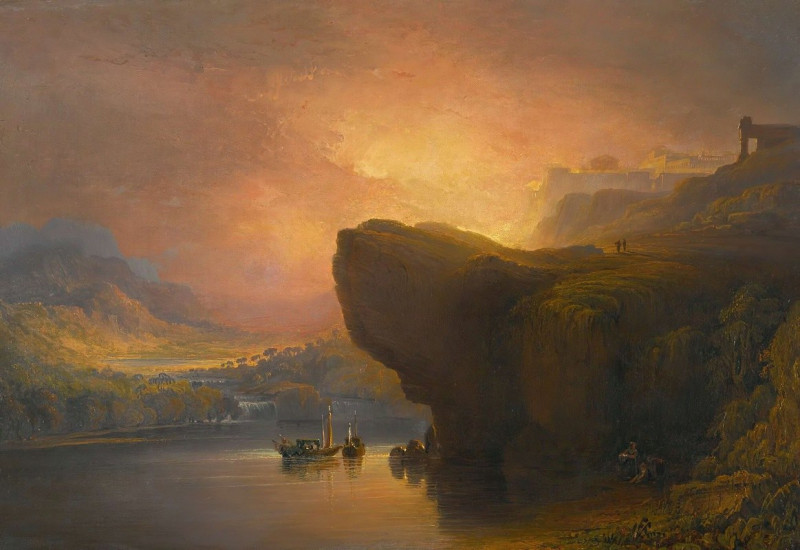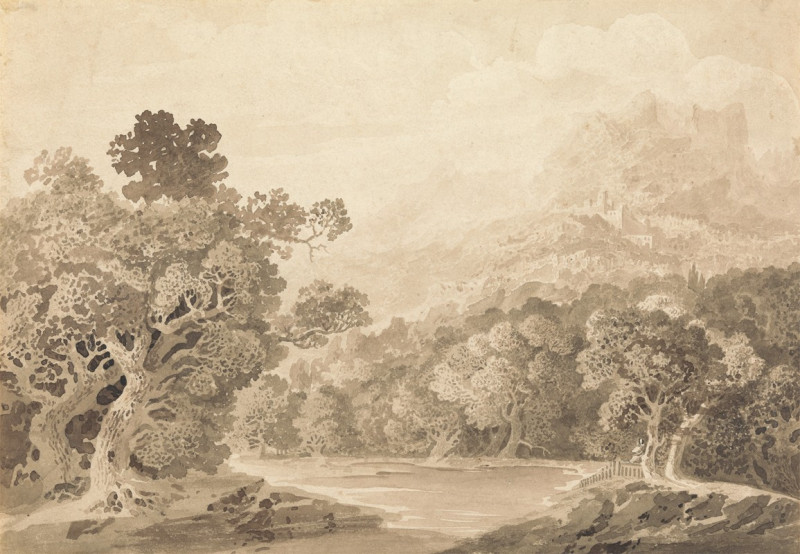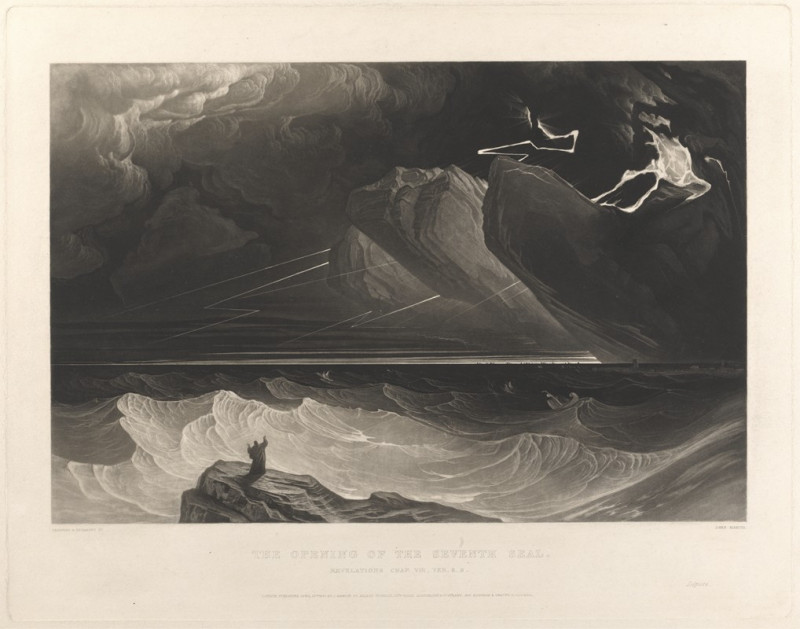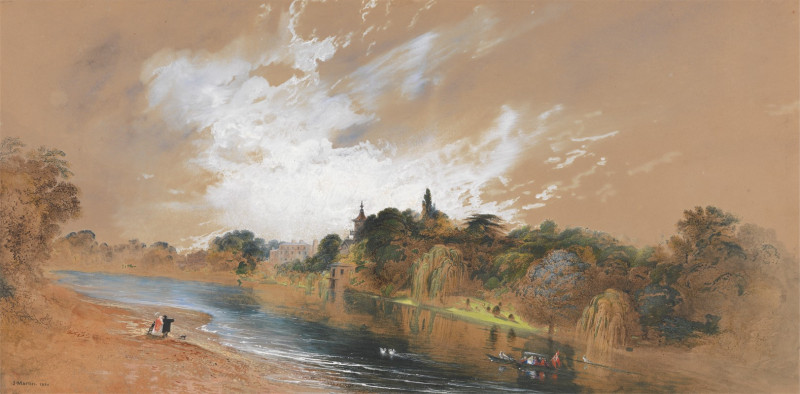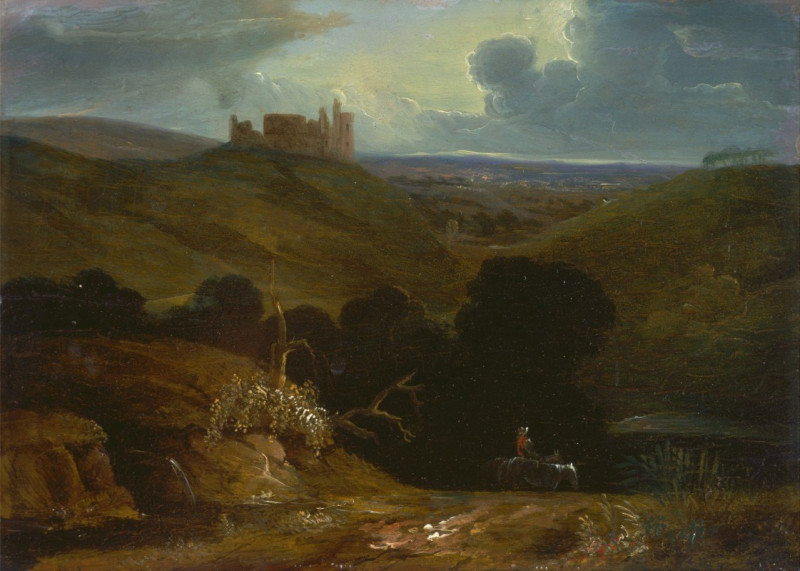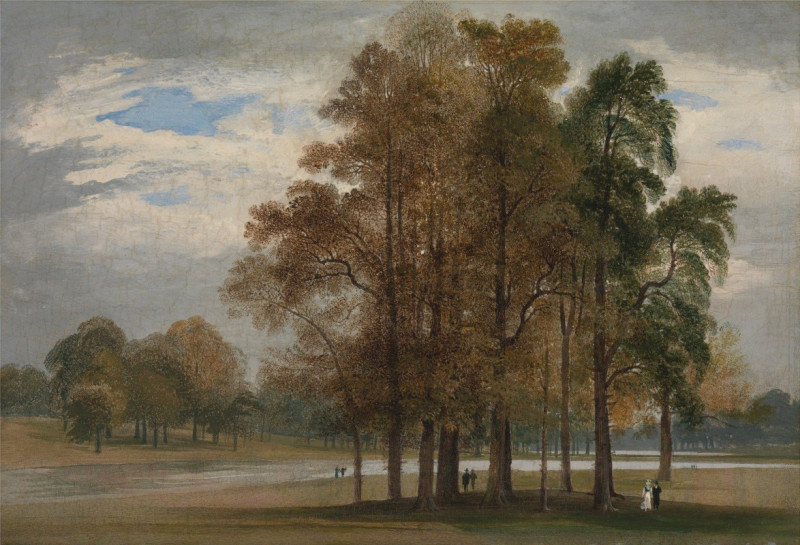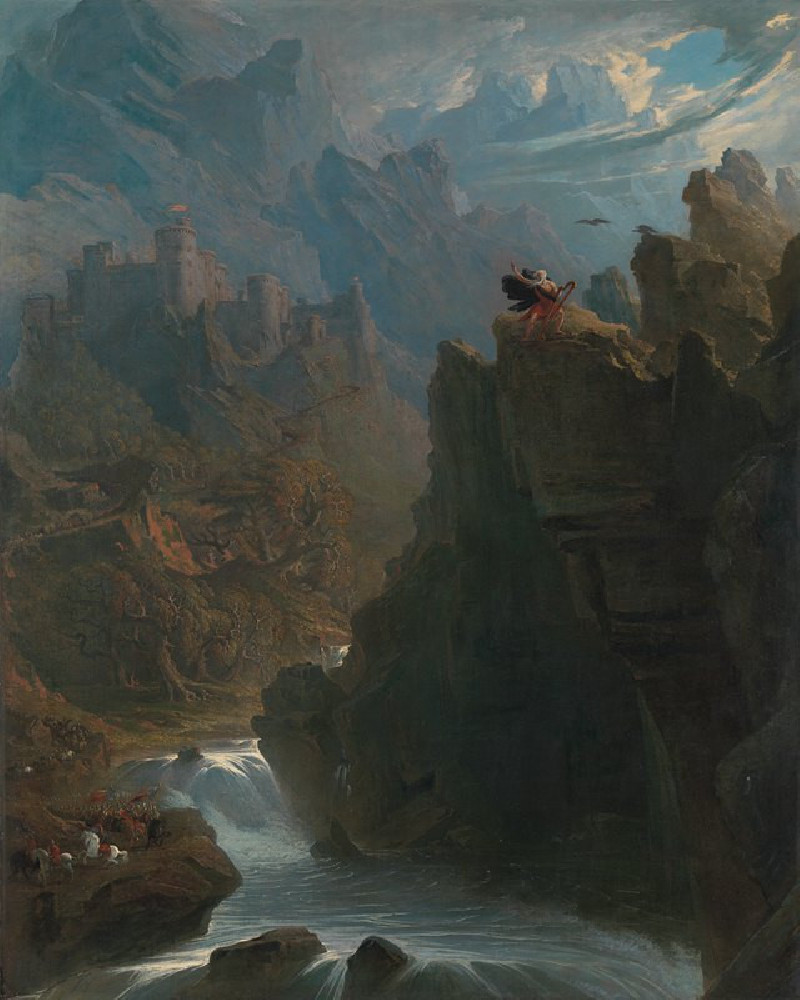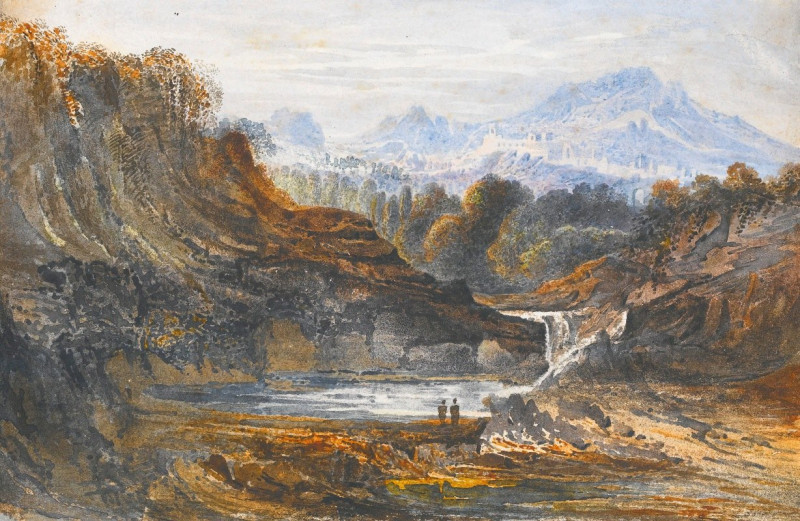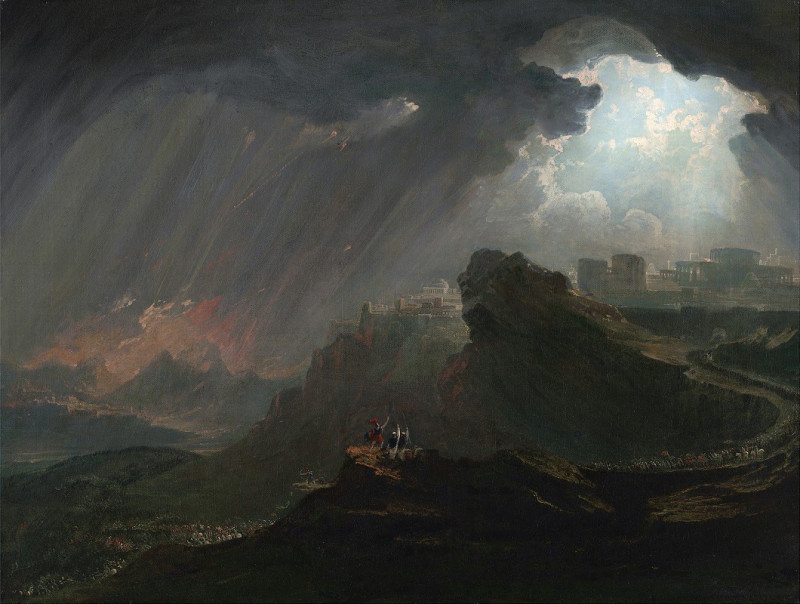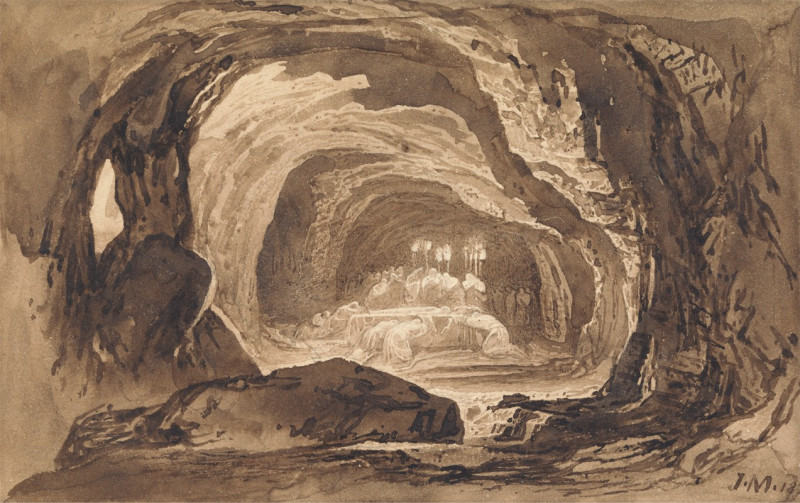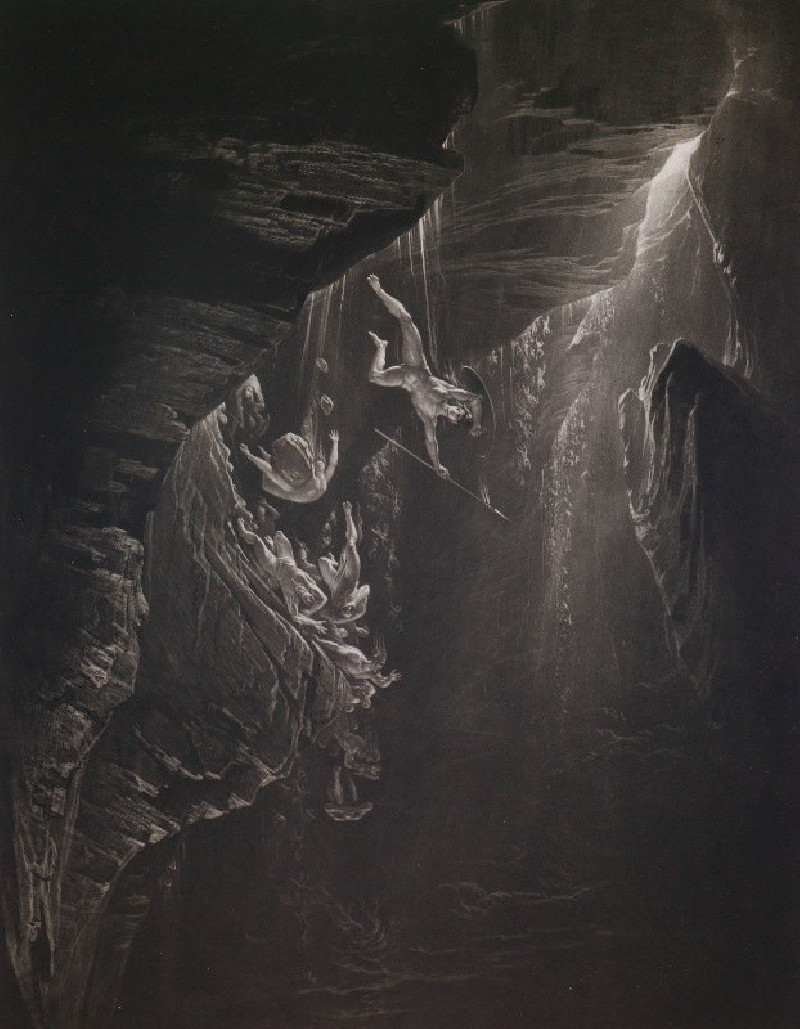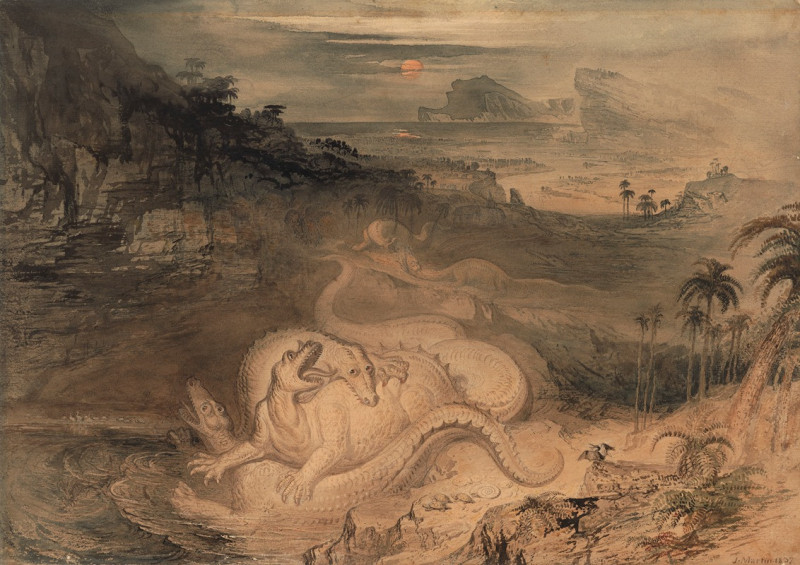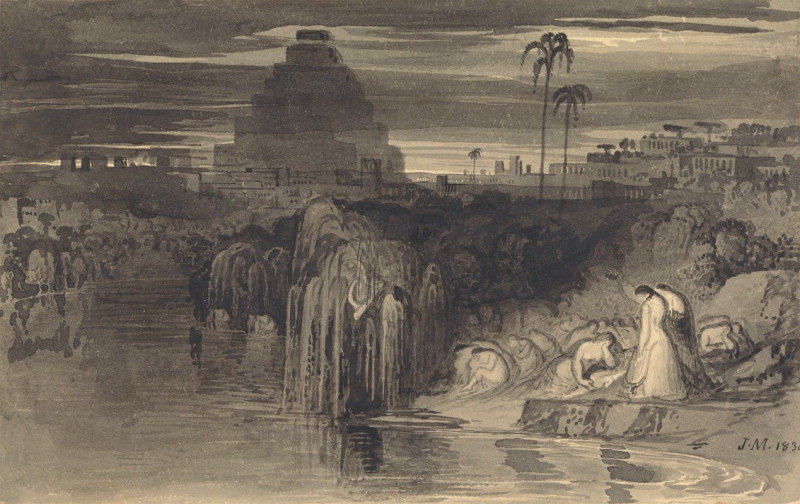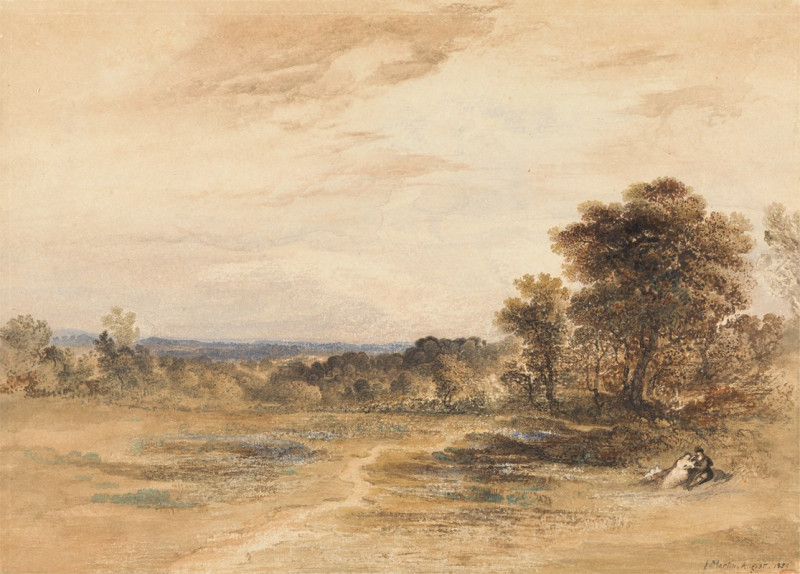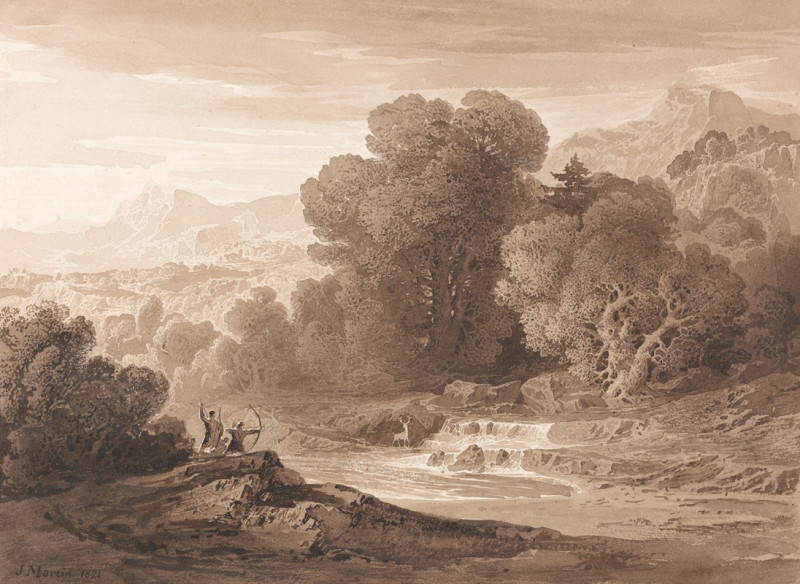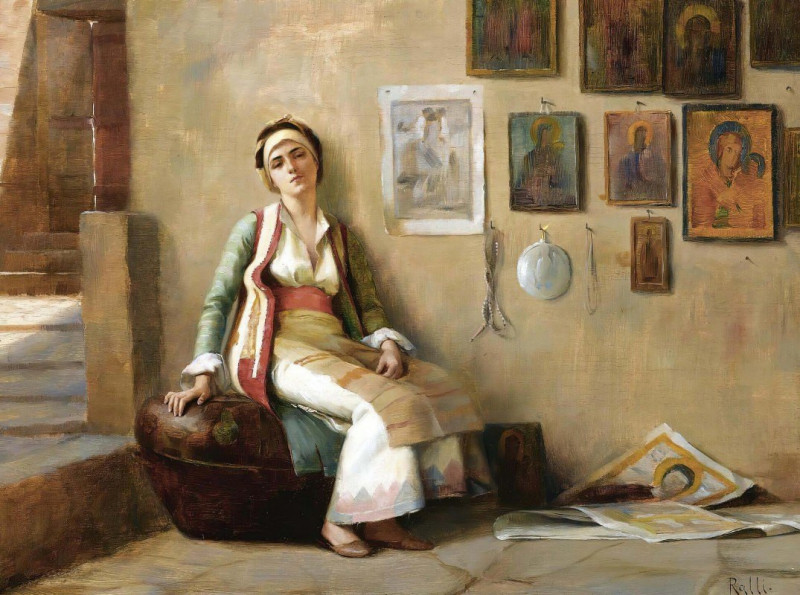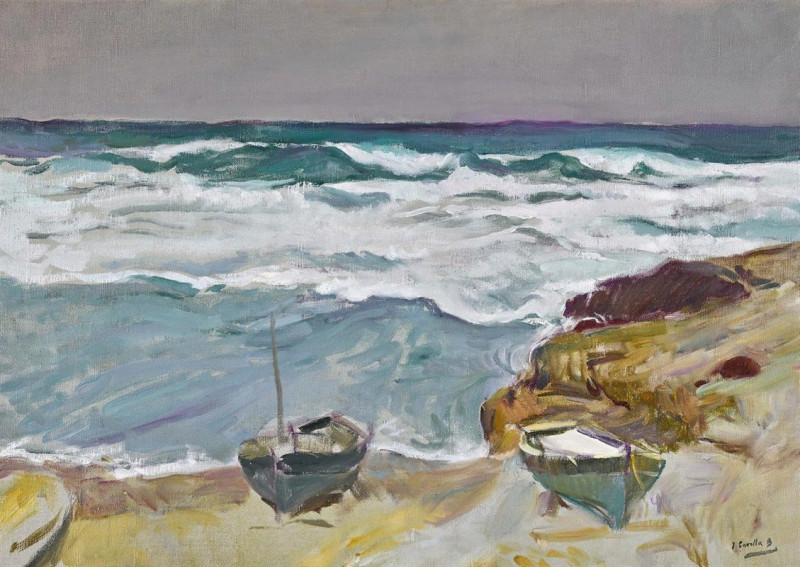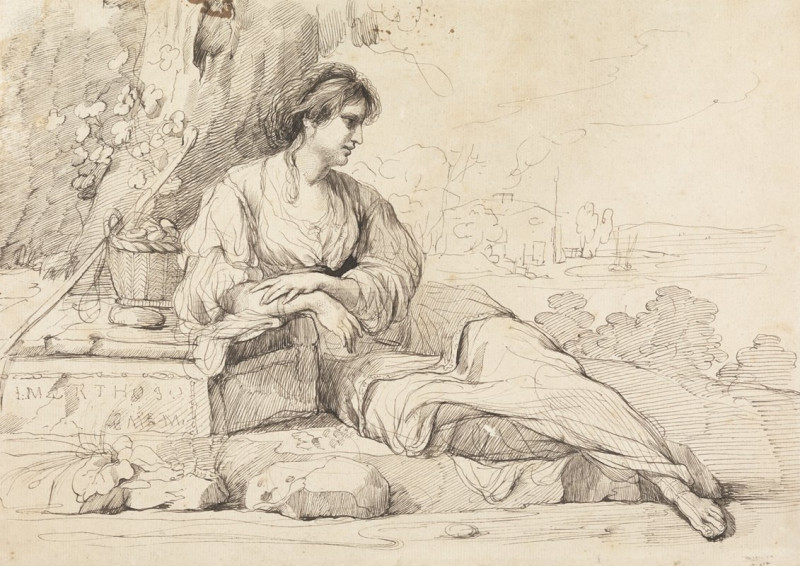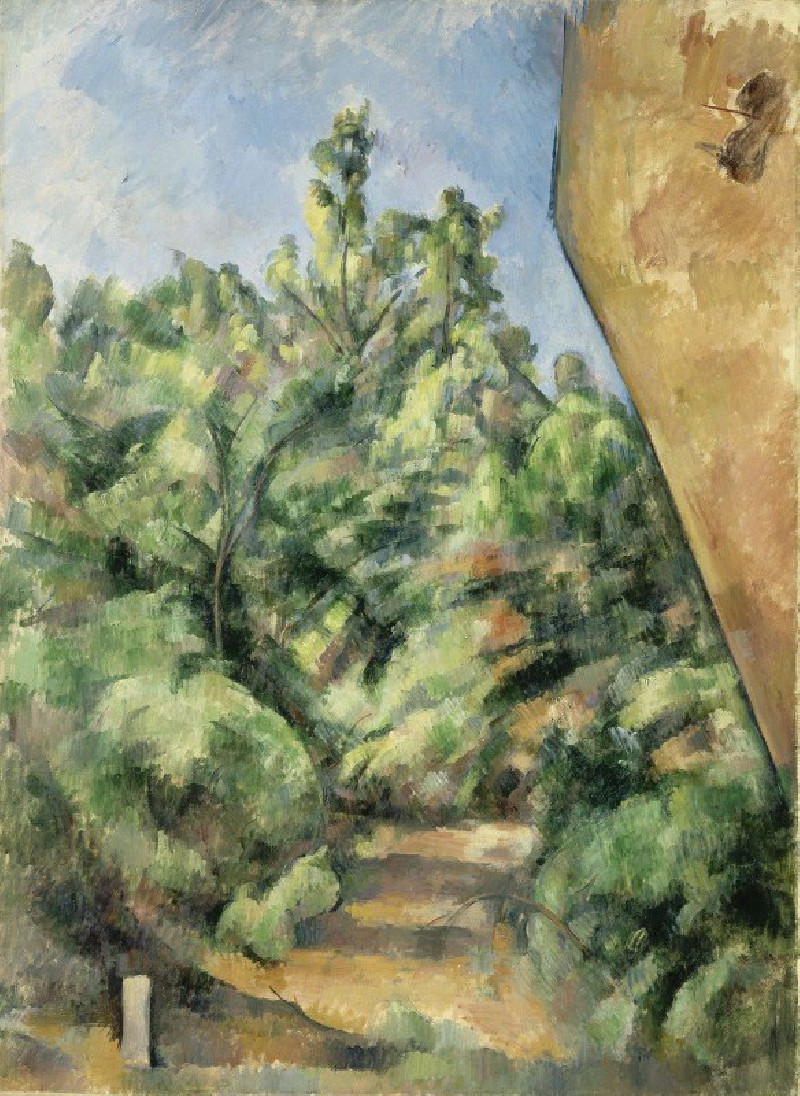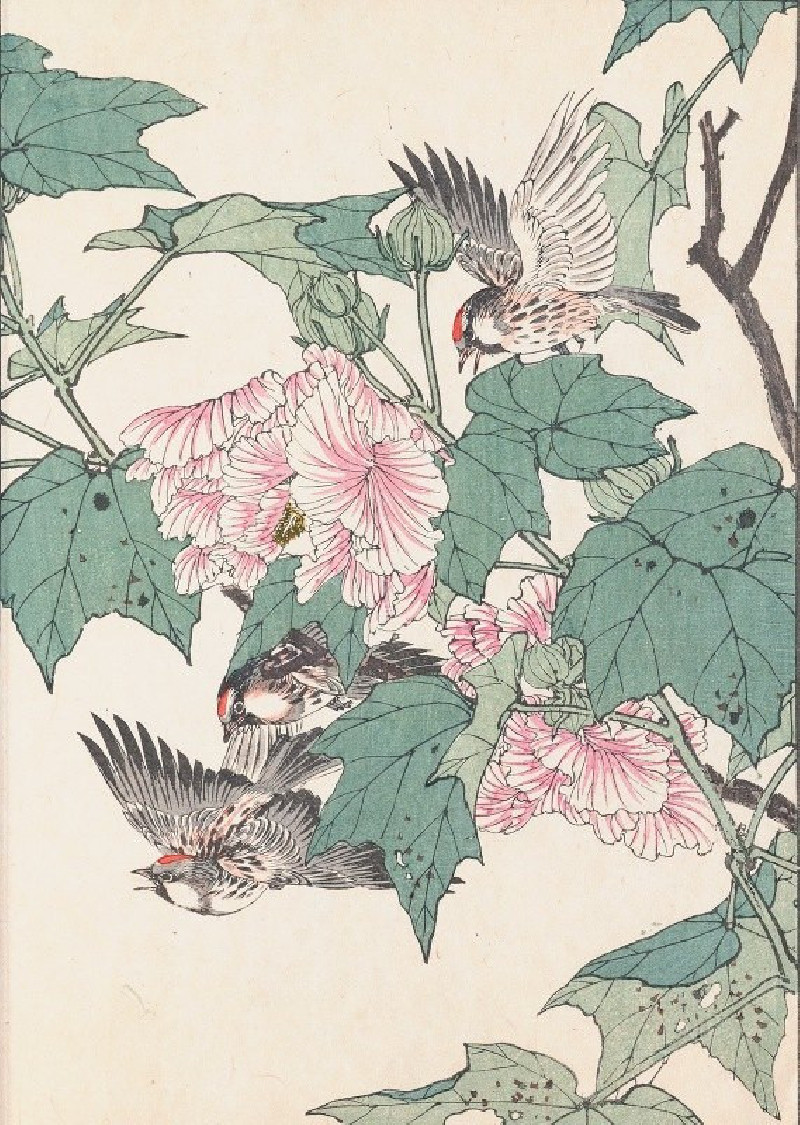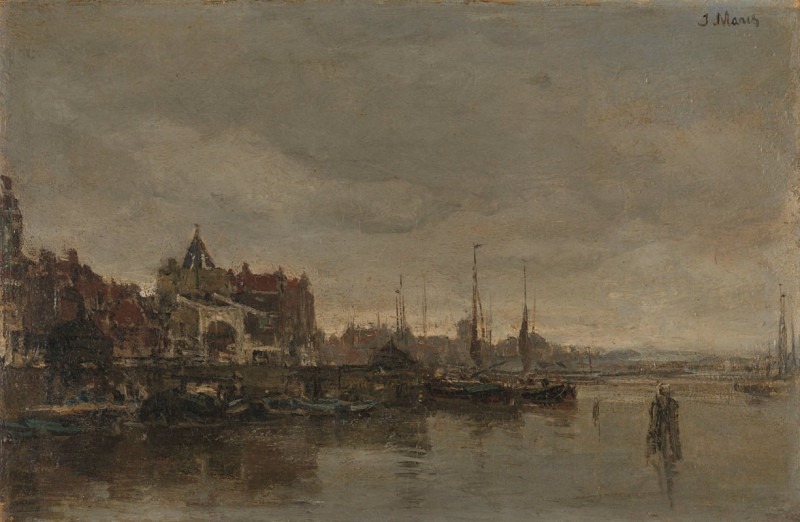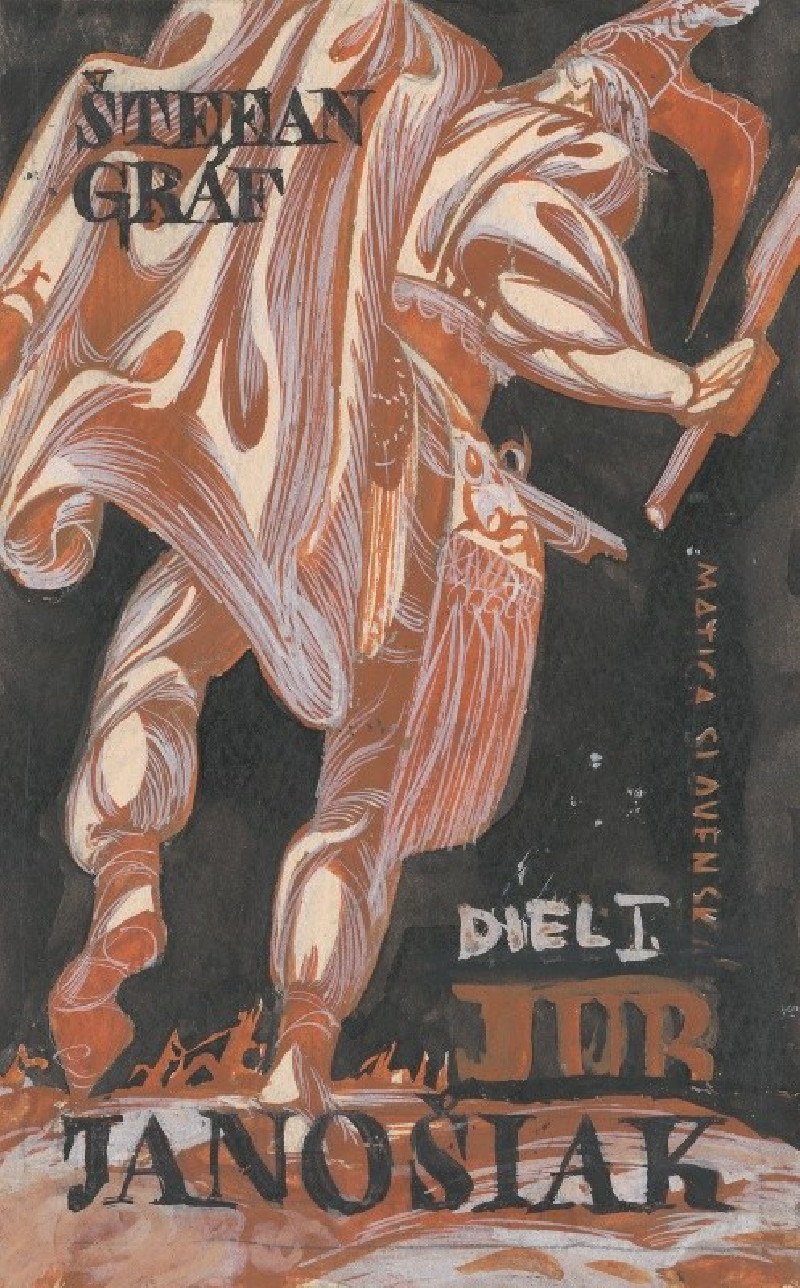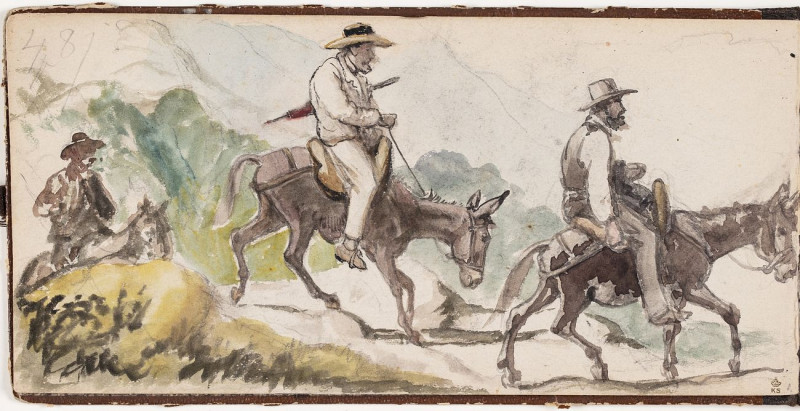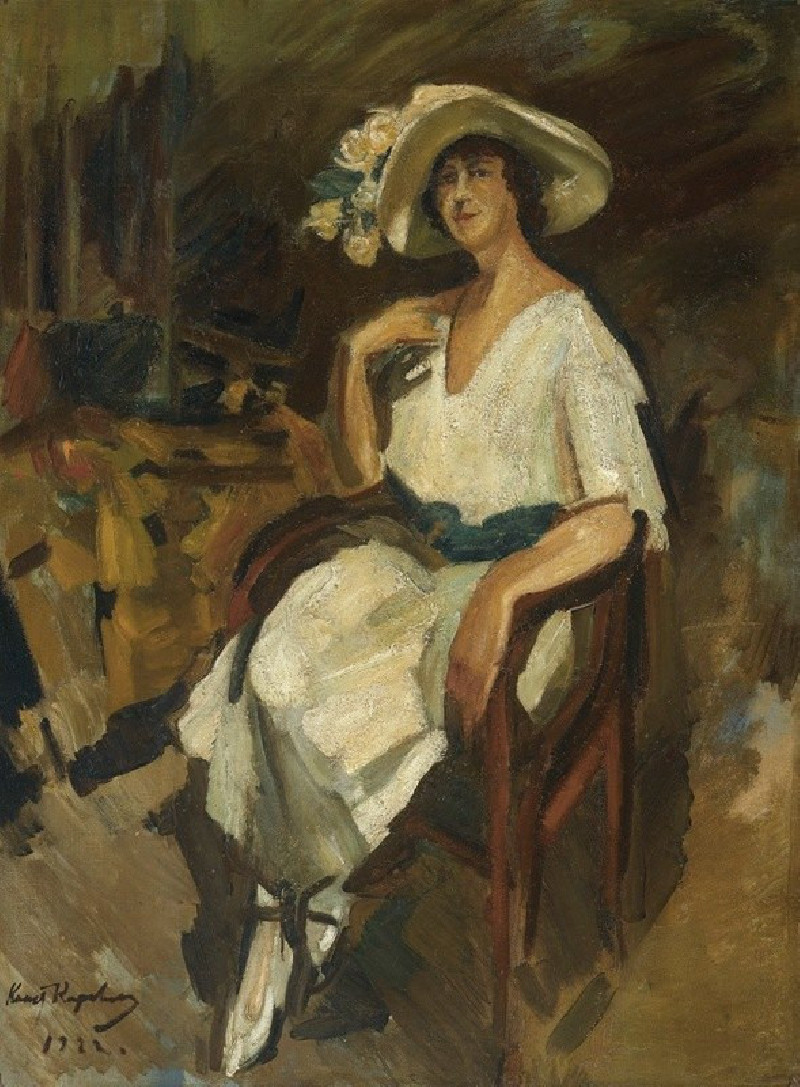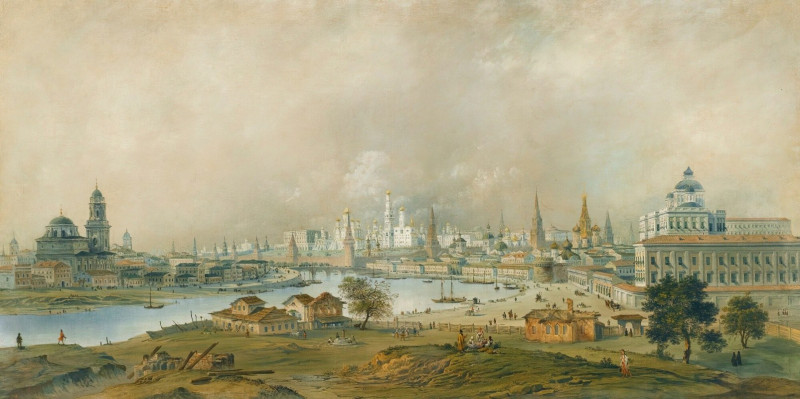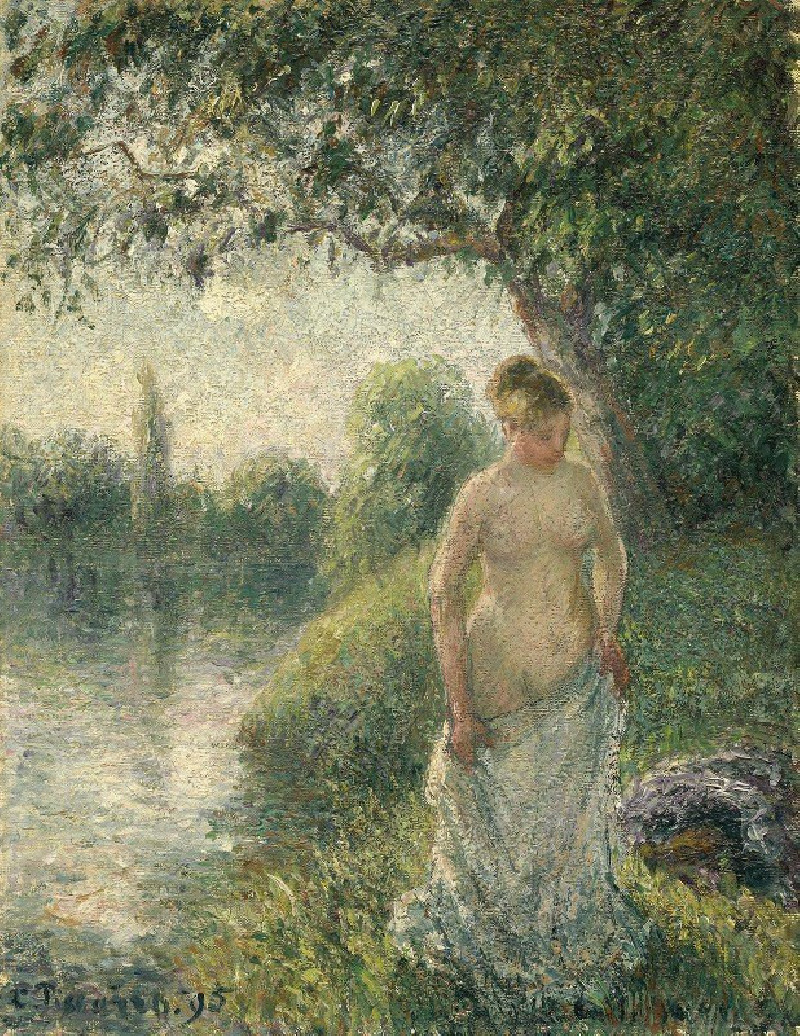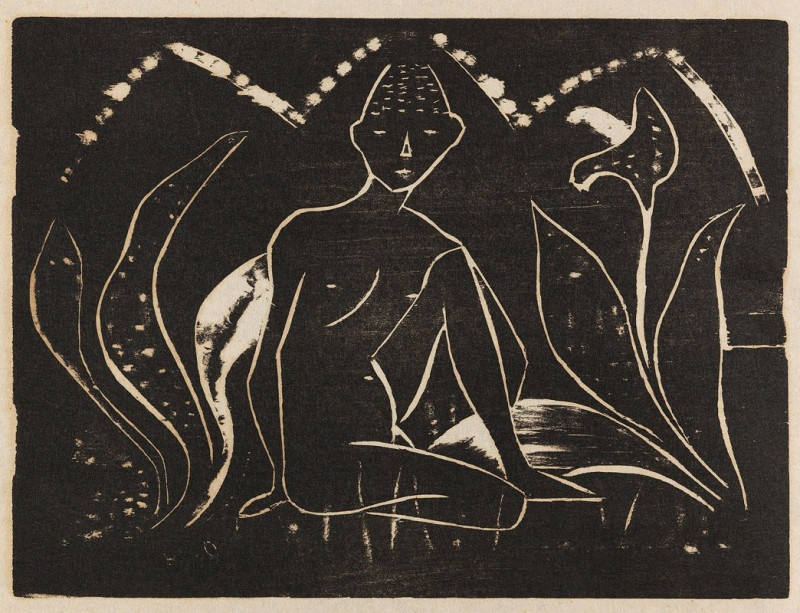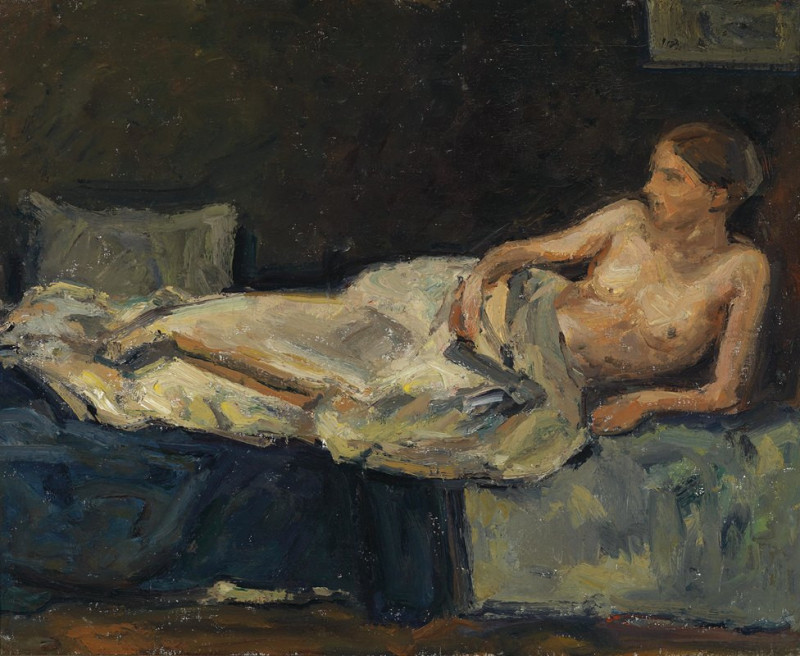The Crucifixion (1834)
Technique: Giclée quality print
Recommended by our customers
More about this artwork
John Martin's "The Crucifixion" is a powerful and evocative painting that captures the tumultuous and dramatic essence of religious narratives through stunning visual storytelling. Painted in 1834, this work is a fine example of Martin's distinctive style that often blends biblical drama with apocalyptic visions, incorporating vast landscapes and tiny human figures to emphasize the overwhelming power of nature and divine will.The painting presents a sweeping view of a grand, classical city under a dark and tumultuous sky. In the foreground, the central focus is on the poignant scene of the Crucifixion. Unlike traditional depictions which focus closely on the figure of Christ, Martin chooses a distant perspective. Christ on the cross is visible but does not dominate the scene; instead, it is the entire landscape and the surrounding activity that capture the viewer's attention, suggesting the widespread impact of this moment.Around the cross, small groups of figures can be observed in various states of distress, illustrating the emotional turmoil that surrounds this pivotal event. The detailed work in the city architecture provides a stark contrast to the rugged foreground, indicating the collision of human achievement with the rawness of human emotion and divine intervention.In the sky above, dark clouds swirl, which may symbolize the divine presence and the tumult of the events unfolding below. The presence of celestial bodies could be interpreted as symbols of foreboding or divine scrutiny.This painting by John Martin is not merely a visual recounting of a biblical story, but a robust, atmospheric interpretation that challenges the viewers to consider the broader implications of myth and religion.
Delivery
Returns
John Martin was an English Romantic painter, engraver and illustrator. He was celebrated for his typically vast and melodramatic paintings of religious subjects and fantastic compositions, populated with minute figures placed in imposing landscapes. Martin's paintings, and the prints made from them, enjoyed great success with the general public—in 1821 Thomas Lawrence referred to him as "the most popular painter of his day"—but were lambasted by John Ruskin and other critics.

